Wales and the world: A letter from Doncaster
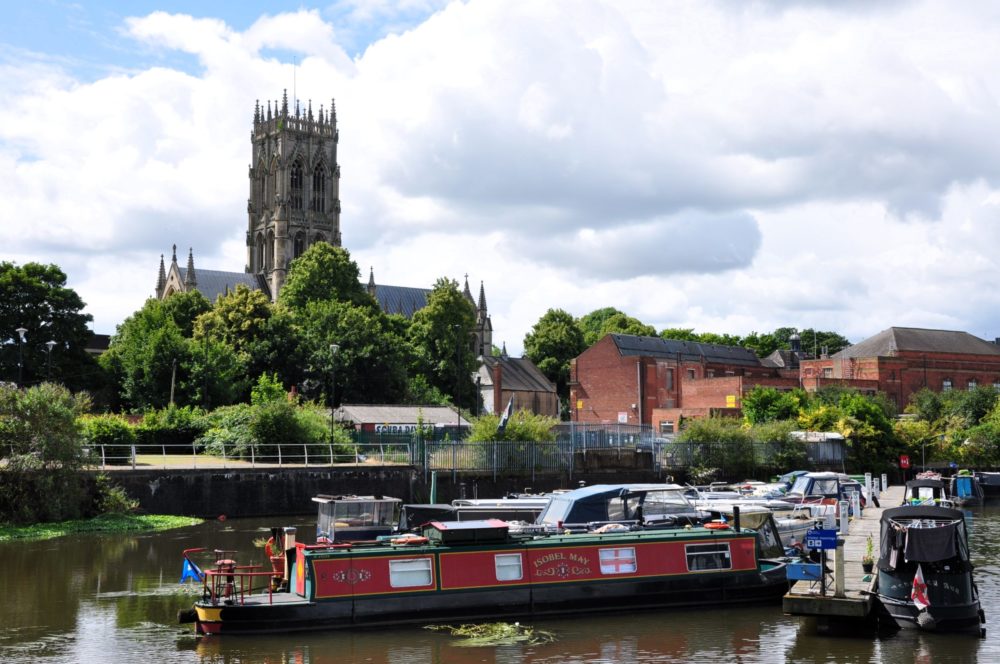
Emyr Wyn Jones
There was not much of a Welsh presence in Doncaster when we arrived in 1986. In earlier times there had been a small influx of people from Wales to work in the mines – I knew a lovely Welsh-speaking couple who had lived in the pit village of Rossington for many years since the husband first came to work in the pit.
There was a small Welsh Congregational Chapel, ‘Capel Gobaith’, in Doncaster centre and I attended Sunday afternoon services there for a few months after settling into our new home.
But the attendance was small and the chapel soon closed. The building is now incorporated as a function suite for the adjacent Regent Hotel.
The name Doncaster means ‘fortress on the Don’. The city of Doncaster in the former West Riding of Yorkshire grew up on the site of ‘Danum’, a Roman Fort of the 1st century CE sited at a crossing of the River Don.
The present-day Metropolitan Borough of Doncaster is the second-largest settlement in the county of South Yorkshire. Doncaster was one of eight towns to be given city status as part of the Queen’s Platinum Jubilee celebrations in 2022.
Once a small market town, Doncaster grew in importance because of its situation on The Great North Road, which ran through the centre of the town on its route from London to Edinburgh.
The Salutation Inn, built in 1778, still a popular drinking and eating establishment, has an archway through which the London to Edinburgh stagecoaches gained access to the extensive stable yard beyond when they stopped for an overnight stay.
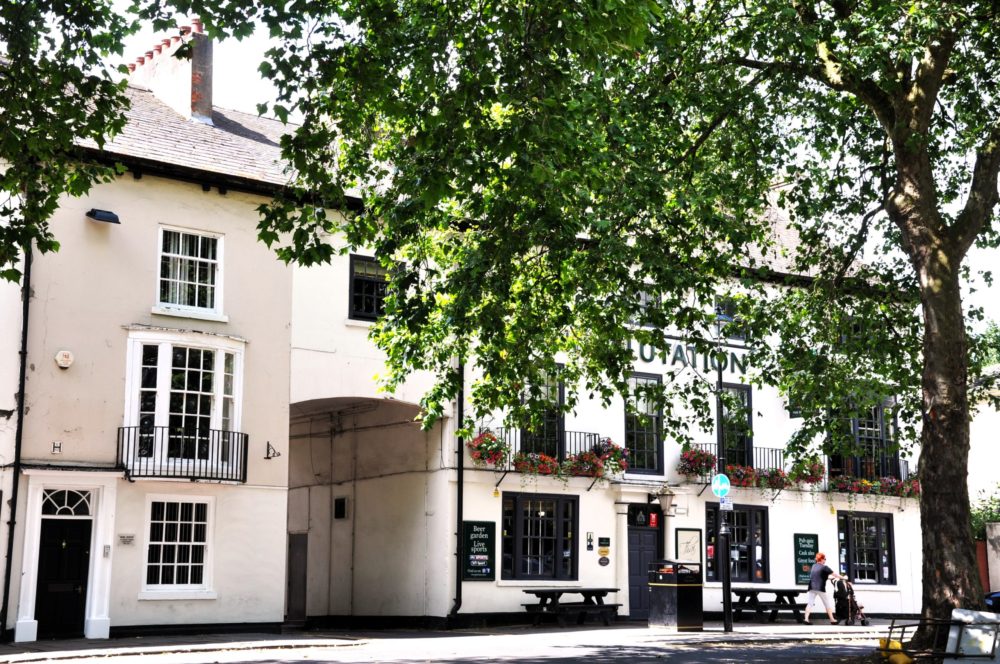
Doncaster grew in the mid-nineteenth century with the construction of the railway from London King’s Cross to Doncaster, with links to York and the West Riding. The Great Northern Railway Company (GNR) established the famous Doncaster Railway Works in 1853.
‘The Plant’, as it is known locally, has been the birthplace of 2,500 locomotives and thousands of carriages and wagons, including the two most iconic of steam engines, The Flying Scotsman and The Mallard.
Coal mining
In the latter half of the 19th century coal mining came to South Yorkshire. Mines were established in rural areas which had few buildings, to minimise the amount of coal that had to be left to prevent subsidence.
The lack of population in these areas meant that the colliery owners had to provide accommodation for the miners and their families in the form of pit villages, These encircled, then became part of Doncaster borough.
When I arrived in Doncaster to start my new job as a Consultant Physician at the Doncaster Royal Infirmary in late 1986, Doncaster and surrounding communities were still reeling in the aftermath of the miners’ strike of 1984-85, which was the biggest industrial dispute in post-war Britain.
The town was in the doldrums at the end of the strike, which had pitted thousands of miners and their communities against Prime Minister Margaret Thatcher and her Conservative government. Doncaster had been at the centre of the industrial action, which had impoverished communities and split families.
Attractive
In 1986, Doncaster did not seem to be an attractive place for me to bring my family. But the job that I had been appointed to was a good job and my wife and young family joined me in January 1987, and here we have stayed. My four children, all with lovely Welsh names, have grown up happily here and all speak with gentle South Yorkshire accents.
The community of Doncaster has shown massive resilience, picked itself up, attracted inward investment, become a centre for transport, logistics and many associated businesses and industries and is now once more a thriving and attractive place to live.
Within easy reach are the Yorkshire and Lincolnshire wolds to the east, the Derbyshire peaks to the west, Sherwood Forest to the south and the wonderful Yorkshire Moors to the north.
Male voice choirs
Where there were coalmines there was music: Male Voice Choirs and Brass Bands still meet and entertain their communities.
Doncaster-born musicians include: operatic soprano Lesley Garrett; singer and actress Sheridan Smith; Louis Tomlinson, member of One Direction, one of the best-selling boy groups of all time and John Parr composer and singer of the hit song ‘St Elmo’s Fire’.
Music education thrives under the auspices of the Doncaster Music Service and the Doncaster Jazz Association.
All four of my children played in Doncaster’s Beechfield Youth Orchestra and some still play in both the Boyce Chamber Orchestra and the Hallgate Orchestra, which is led by ebullient Welsh schoolteacher Carey Williams.
Carey is now retired to his home outside Bala, but still returns to Doncaster regularly to rehearse his musicians and to perform in concerts of first-class music.
I always enjoy having a good chat in Cymraeg with Carey whenever he returns.
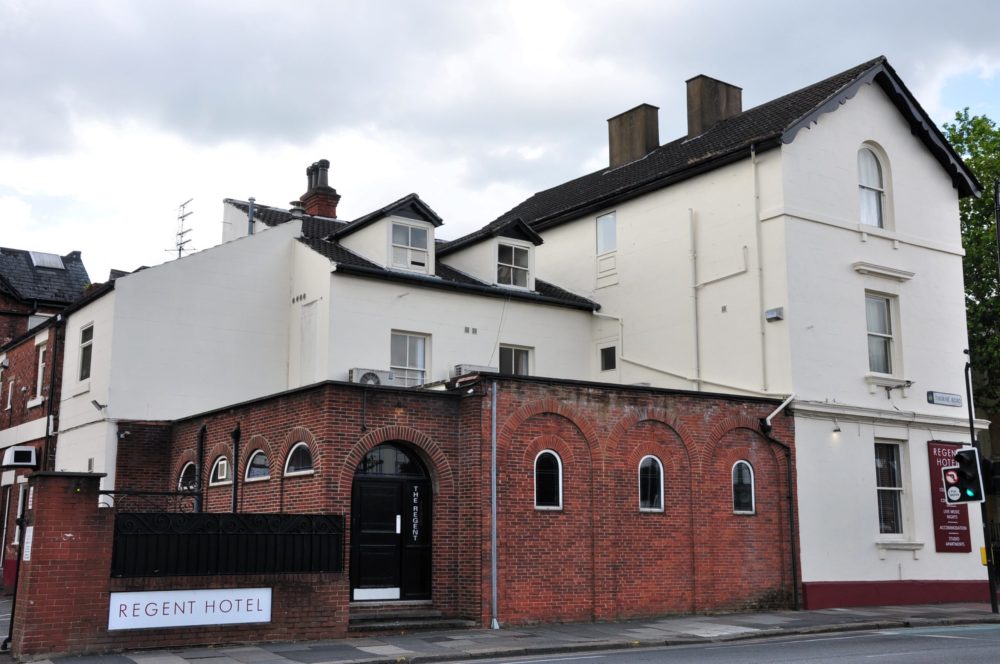
By contrast to the expectations of people who have never visited, Doncaster has green spaces, public parks, nature reserves and even the expansive and increasingly popular Yorkshire Wildlife Park. My pre-breakfast walk each morning takes me and my camera round the beautiful man-made lake and hills of Doncaster Lakeside.
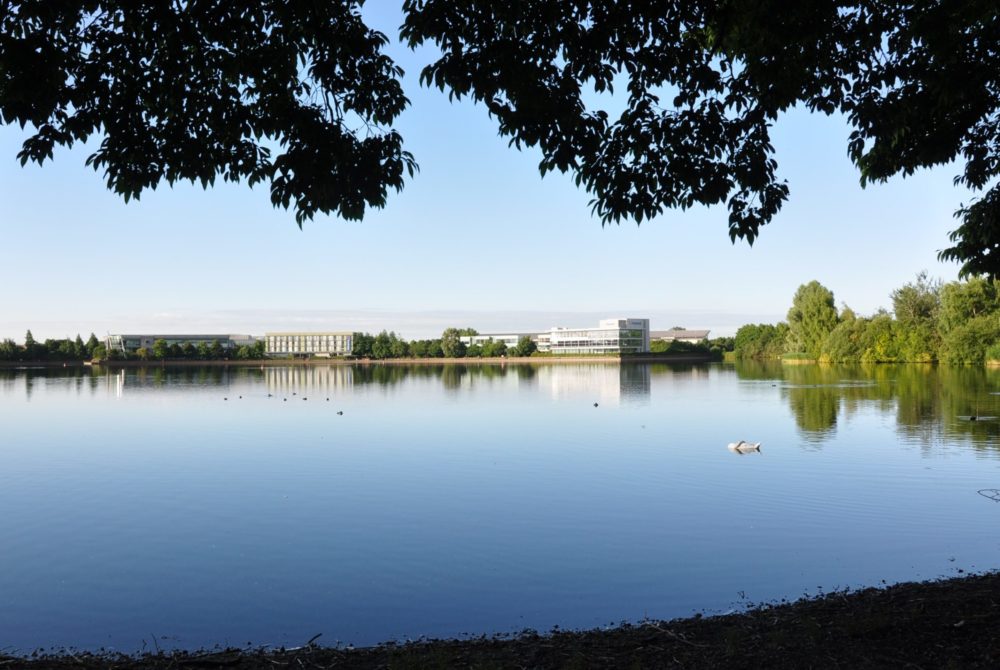
Horse racing
Just south of Doncaster city centre lies the famous Town Moor Racecourse, which has the distinction of both starting and ending horse racing’s flat season on turf.
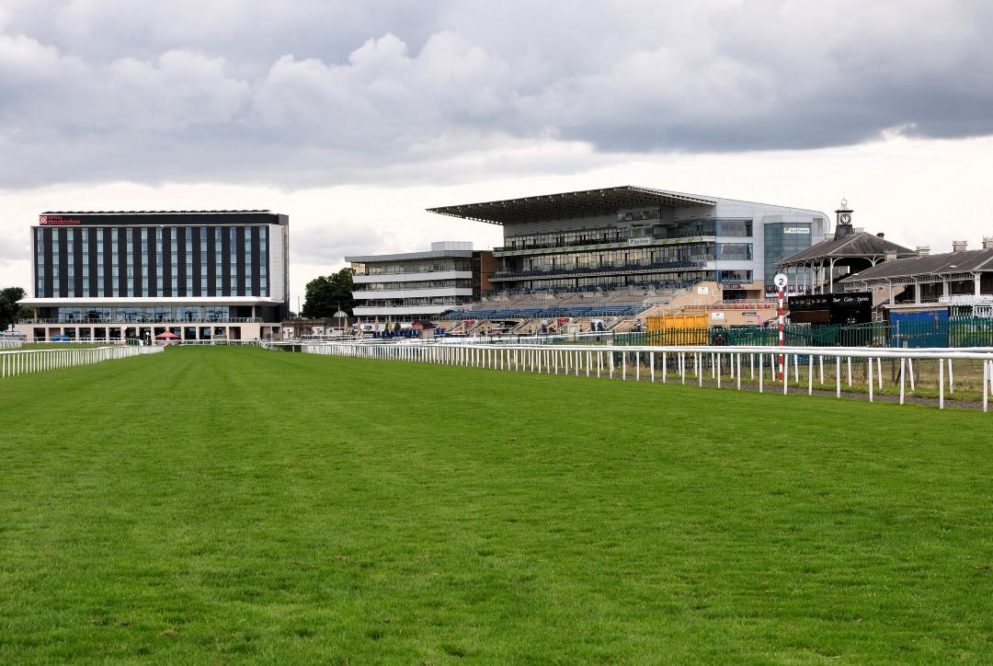
The Lincoln Handicap, run in late March or early April, is traditionally the feature event on the first Saturday of Britain’s flat racing season; the fifth and final ‘Classic’ of the season, the St. Leger Stakes, is run every September on the last day of the four-day St. Leger Festival, the premier sporting occasion of the autumn calendar, once known as the ‘Great Carnival of the North’.
First run in 1776, the St. Leger is the world’s oldest ‘Classic’ horse race. The Doncaster Gold Cup, first run over Cantley Common in 1766, is the oldest continuing regulated horse race in the world.
Romans, racing, railways, Doncaster Rovers – and soon to be reopened Robin Hood Airport – Doncaster has everything that I and my family need. So, it looks as if I will remain a ‘Cymro oddi cartref’ – a Welshman away from home – for the rest of my days!
Dr Emyr Wyn Jones is currently Non-Executive Director of the Doncaster and Bassetlaw Teaching Hospitals NHS Foundation Trust.
Support our Nation today
For the price of a cup of coffee a month you can help us create an independent, not-for-profit, national news service for the people of Wales, by the people of Wales.







Flipping ‘eck, you never know what articles you will find on here. I’ve just read this lovely article about Doncaster. The town of my birth, and first 20 years of life. I’m glad Dr Jones feels happy there. I have told many people that I feel at home here in Wales. As the daughter of a Yorkshire miner I’ve found many similarities in the South Wales village I will now always call home.